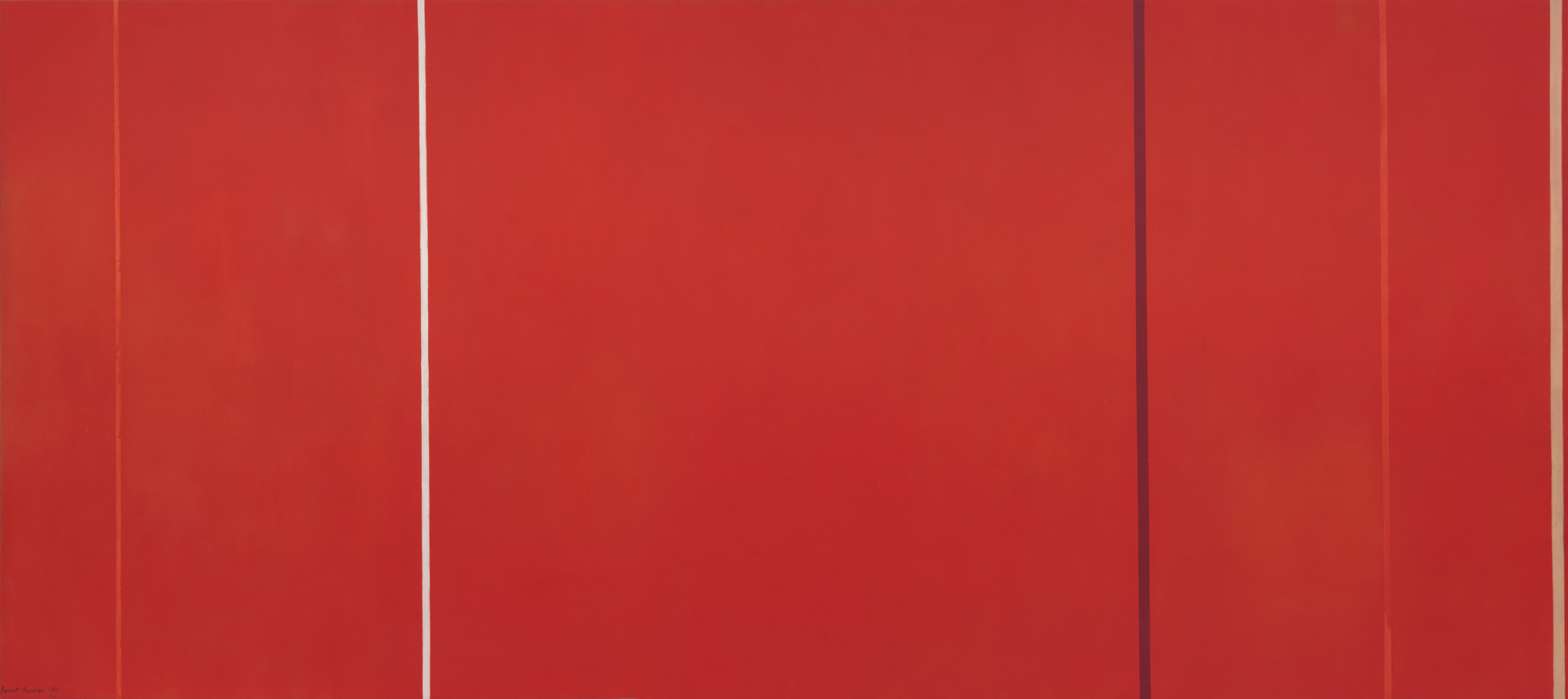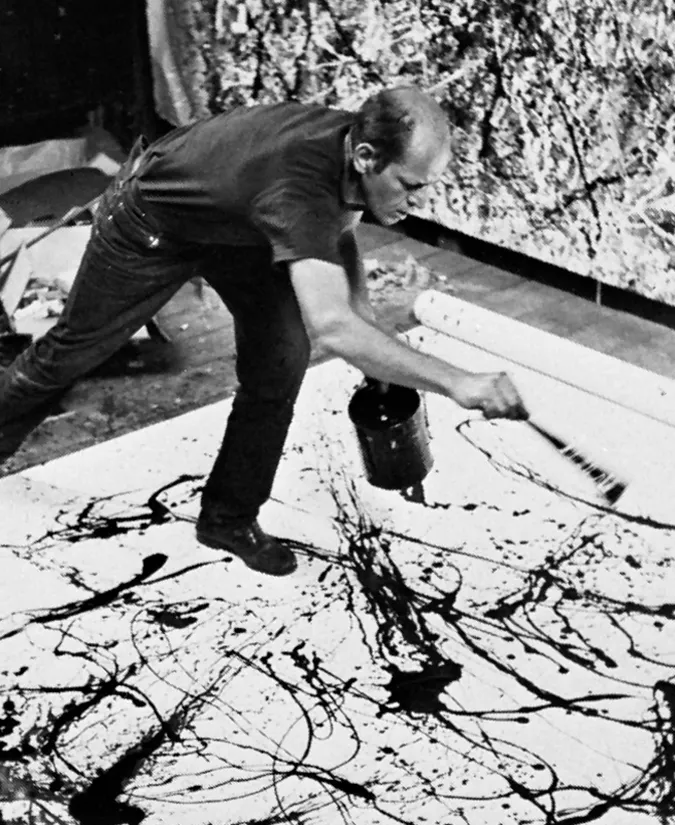Podcast about Abstract Expressionism's Scientific Roots (AI generated)
Introduction
Happy Wednesday! Today’s theme is art and culture and we are diving into Abstract Expressionism’s scientific roots. We’re going to be talking about the rise of Abstract Expressionism in the mid 20th century and how we can make parallels between it and the discoveries that were arising around that time, some of which I spoke about in Monday’s post about quantum mechanics! You can get a link to that here.
Colour Field and its Influence
With new pigments being produced, there was more scope for work with colours and paints during this time. This created a movement of paintings that had a huge emphasis on not necessarily an object or a scene but of the painting itself. You can see this in the work of Kenneth Noland and Barnett Newman whose paintings are entirely abstract and allow the colour to do the talking. Pollock, too, used colours in an newly masterful way to show distinct movement in his action paintings.
 Barnett Newman, Vir Heroicus Sublimis, 1950-51 - Borrowed From MoMA's Website Don't Sue Me Please
Barnett Newman, Vir Heroicus Sublimis, 1950-51 - Borrowed From MoMA's Website Don't Sue Me Please
Psychology and Scale
Gestalt Psychology
Gestalt theory emphasizes that the whole of anything is greater than its parts.
This is an evident facet in almost all abstract expressionist style works. There is a lack of single subject, the size of most of the pieces are extremely large, and there is a lack of “formal” technique which would have been seen in pieces before it. To truly appreciate the pieces of art one is forced to take a large step back and appreciate the entire work without focussing on any single part.
Jungian Psychology
Jungian Psychology is a theory of the human psyche that focuses on the unconscious mind.
This effect becomes apparent if you take into account the paintings with the context of the geo-political situation across the world. The movement really developed in America during the 1940s and 1950s, a time in which the world was in chaos and turmoil due to World War Two and the lingering aftermath. The paintings themselves are chaos and show uncertainty with the lack of subject matter.
Quantum Mechanics and Expressionism
There are some parallels between the introduction of quantum science into the physics world and the work of abstract expressionism. One artist even directly attributed quantum mechanics as their inspiration; Wolfgang Paalen and his work in his magazine “DYN”.
The parallel I would feel most comfortable drawing between the two disciplines would be: the rise of randomness and indeterminacy in both fields. In Jackson Pollock’s “action paintings” he uses paint splatters of different paints on a huge canvas, a largely random process in where the paint rested on the canvas. The parallel to this is in chaos theory and probability amplitudes.
A probability amplitude (if I remember correctly from my time studying physics at university) is effectively the likelihood on observation of a quantum particle being at any one position. Pollock knew if he splattered paint over “there” that most would go where he wanted but some would go around the main splatter.
 Jackson Pollock, Painting with Scattering Paint, 1950
Jackson Pollock, Painting with Scattering Paint, 1950
Conclusion
I don’t quite know if the title of this blog is perfectly fitting. Do I think that Abstract Expressionism has roots in science? I’m not sure.. I think that the advancements of pigment definitely allowed for new kinds of expression, and I believe that we can explain why the art was bigger, more chaotic, etc. using the psychological concepts that were being developed at the time. We can even draw parallels between quantum mechanics and the art - just about.
However, I do have a theory. Take this with a large pinch of salt. I think that the art comes alongside the science, not because of one or the other. They come alongside each other because of the state of society at the time. Society develops and so does art and so does science; they will always be aligned. There was chaos in the world stage and we got chaotic paintings and we wrote papers about chaotic particles.